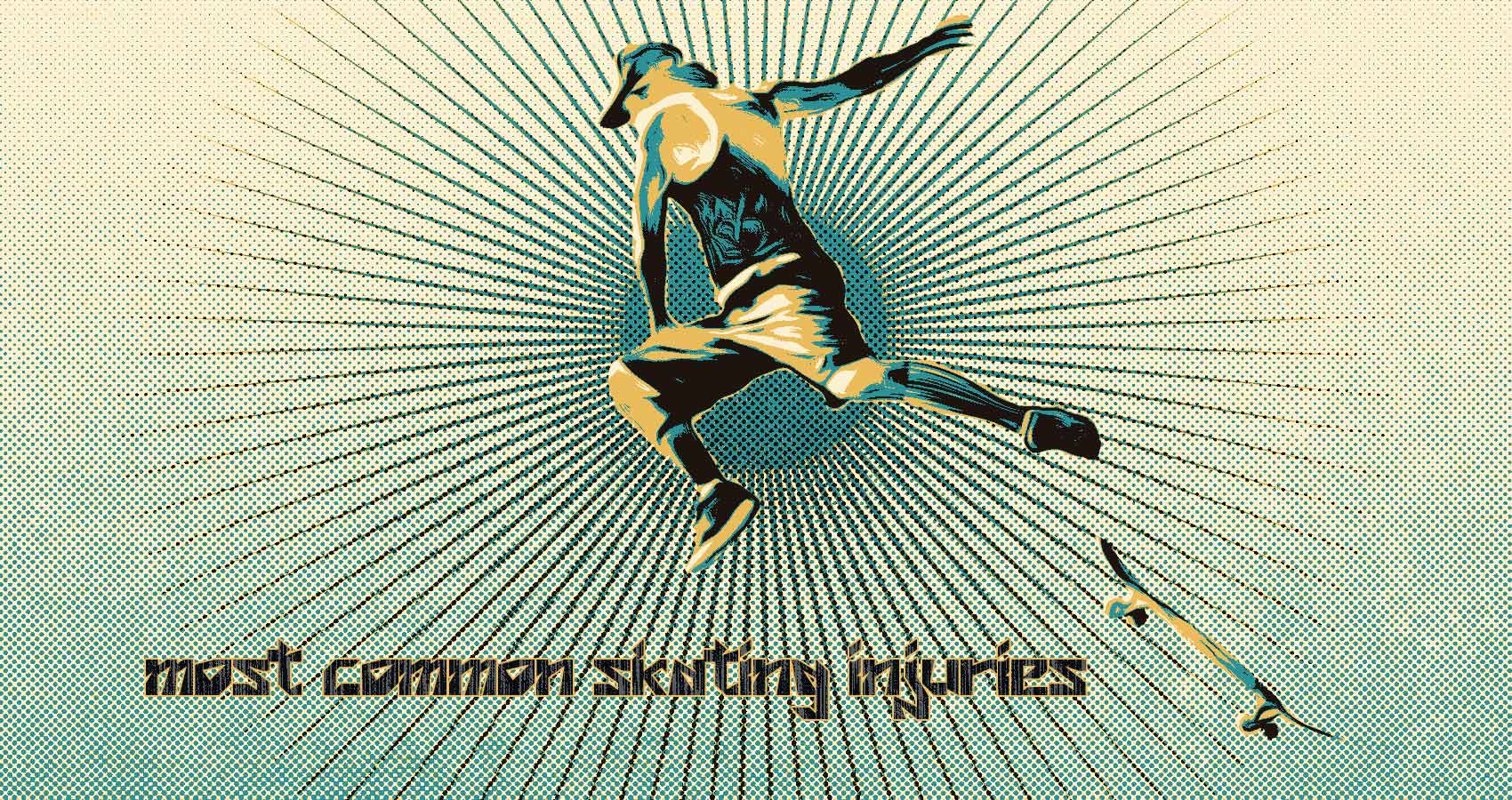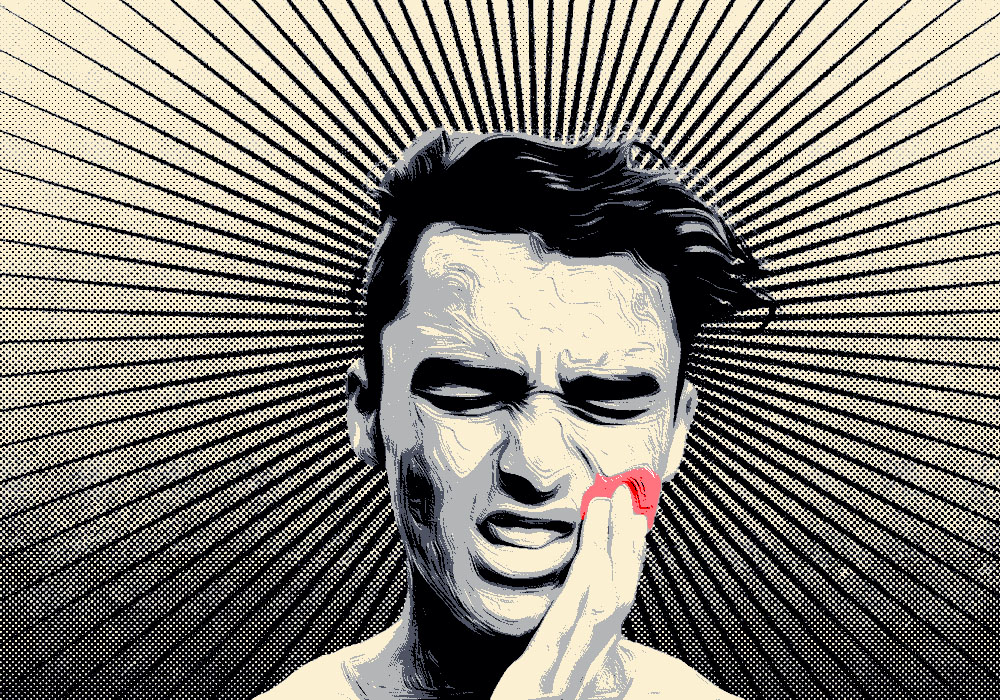
The Most Common Skateboarding Injuries
Skateboarding is exhilarating, but it's not without its risks. Thousands of skateboarders find themselves in emergency rooms each year, bearing the scars and stories of their intense rides. In this article, we'll delve into the most common skateboard injuries, exploring ways to prevent them and offering a roadmap for getting back on the board after an injury.
The Landscape of Skateboard Injuries
A. The Demographics
Skateboarding injuries know no age, but statistics reveal that boys, especially those under 15, are more prone to injuries. However, the landscape is evolving. In the past decade, skateboarding injuries have surged among adults, with a significant increase in cases involving individuals aged 25 and over. Men seem to be more susceptible to head injuries than women, emphasizing the importance of gender-aware safety measures. Age is also a factor, with older skateboarders facing a higher risk of severe traumatic brain injuries.
B. The Numbers
The National Safety Council (NSC) reports that in 2021 alone, over 245,000 people sought treatment in American hospital emergency rooms for skateboard-related injuries. Fractures, sprains, and dislocations topped the list of common injuries in this age group. These numbers underscore the need for heightened awareness and preventive measures within the skateboarding community.

The Most Common Skateboarding Injuries
1. Nose Fractures
A nose fracture is a prevalent injury resulting from a direct impact or force applied to the nose during a fall. The delicacy of the nose makes these fractures particularly severe, often requiring medical attention and disrupting a skater's journey. The severity of the fracture dictates the healing time and potential permanent damage or scarring.

2. Cheek Fractures
Cheek fractures stem from blunt force trauma to the face during a fall, leading to pain, bruising, and potential disfigurement. These fractures can be easily overlooked, making it crucial for skateboarders to seek medical attention for any facial injuries. Wearing protective gear, including helmets and knee and elbow pads, plays a vital role in preventing cheek fractures.
3. Lacerations
Lacerations, or cuts and tears to the skin, are common skateboarding injuries resulting from falls on rough surfaces. These injuries vary in severity, from minor cuts to deep gashes, and can be treated with proper wound care. Skateboarders experiencing deep or persistent bleeding should seek medical attention to avoid infection and ensure proper healing.

4. Broken Teeth
The impact of falls can lead to broken teeth, ranging from small chips to complete fractures. These injuries are painful and may result in permanent damage. Treatment options include restoring the fractured tooth, root canal treatment, or tooth extraction, depending on the severity. Collecting all pieces of the broken tooth is crucial for determining the best course of action.
5. Plantar Fasciitis
Skateboarders frequently grapple with plantar fasciitis, a condition causing heel and arch pain due to the intense toe gripping during skating. Poor calf strength and flexibility contribute to this ailment. Seeking medical attention for diagnosis and treatment is essential. Stretching exercises, physical therapy, orthotic inserts, and, in severe cases, surgery may be required to address plantar fasciitis.

6. Head Injuries and Concussions
Falls in skateboarding can lead to head injuries, including concussions. Closed head injuries, resulting from hard blows without skull fractures, and open or penetrating head injuries, where an impact breaks the skull, pose serious risks. Even falls from minimal heights can cause skull fractures and brain injuries. Proper precautions, including wearing certified helmets, are imperative to prevent these severe injuries.
7. Broken Bones
Broken bones are a common occurrence in skateboarding, particularly during high-impact tricks, maneuvers, and aerial stunts. Wrist, ankle, elbow, arm, and leg fractures are prevalent, with the severity depending on factors like experience, riding surface, and trick complexity. Safety practices, such as wearing helmets, knee pads, and elbow pads, are vital to minimizing the risk of broken bones.

8. Sprains and Strains
Skateboarding can result in various sprains and strains, with ankle sprains being a common injury. These injuries, caused by tears in supporting ligaments, can be painful and may require medical attention. Proper diagnosis by a doctor is crucial, and in severe cases, surgical repair may be necessary. Skateboarders should be mindful of controlling their speed and using proper techniques to reduce the risk of sprains and strains.
9. Contusions
Contusions, a type of head injury, can occur when skateboarders collide with objects or each other. While concussions often take the spotlight, contusions should not be overlooked. Like concussions, contusions can disrupt normal brain functions temporarily or permanently. Wearing proper protective gear and maintaining good physical condition are effective ways to reduce the risk of contusions and other skateboarding injuries.

10. Dislocations
Joint injuries, particularly in the ankles, knees, and wrists, are prevalent in skateboarding due to the sport's high-impact nature. Ankle sprains and fractures are common joint injuries, often resulting from rolling the ankle during a fall. Proper techniques, maintaining good physical condition, and using protective gear, such as wrist guards and knee pads, can reduce the risk of joint injuries.
11. Knee Injuries
Fast-paced and high-performance characteristics of skateboarding expose skaters to knee injuries. Falls and collisions can lead to knee injuries, emphasizing the importance of proper warm-up and stretching before and after riding. Protective gear, such as knee pads, is crucial to reducing the risk of knee injuries. Skateboarders should also avoid areas with heavy traffic to minimize the risk of collisions.
Preventing Skateboarding Injuries: A Collective Responsibility
As skateboarding continues to grow in popularity, so does the need for responsible and safe practices within the community. Preventing injuries is not only an individual responsibility but a collective effort to ensure the longevity of this thrilling sport. Simple steps, such as wearing protective gear, practicing on safe surfaces, and avoiding unsafe conditions, can go a long way in preserving the joy of skateboarding without compromising safety.

Getting Back on the Board: A Roadmap for Recovery
Skateboarding injuries are an inevitable part of the game, but the road to recovery is well-defined. Here's a roadmap for skaters looking to get back on the board after a painful injury:
-
Assess the Wound: Evaluate the severity of the injury and seek medical attention if necessary.
-
Start Slowly: Gradually increase the time spent skateboarding to allow your body to adjust to the physical demands.
-
Warm-Up: Always warm up before skateboarding to enhance flexibility and reduce the risk of further injury.
-
Wear Protective Gear: Especially if you're uncertain or uncomfortable about certain tricks, protective gear is your best friend.
-
Avoid Unnecessary Risks: Don't push yourself or let others pressure you into attempting tricks you're not ready for.
In conclusion, understanding the risks, wearing protective gear, practicing safe skating, and taking preventive measures are essential components of a skater's journey. Stay safe, embrace the challenges, and learn from the wipeouts. Have fun skating!





